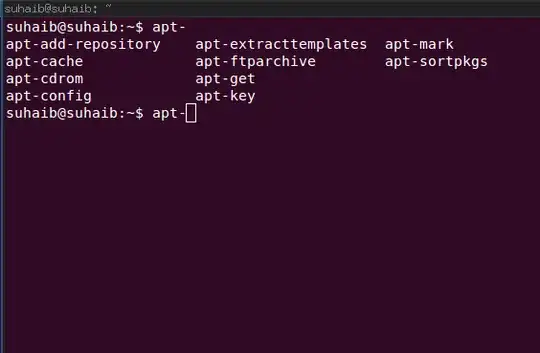It is very easy: you type man apt-cdrom, for instance, and you get more information and an explanation. You can also navigate the documentation here: http://manpages.ubuntu.com/. man stands for manual. The command works for a lot of other terminal commands as well.
You usually get a good description and a synopsis. Sometimes you also get practical examples, but that depends on the man page.
For apt-add-repository it states
add-apt-repository is a script which adds an external APT repository to
either /etc/apt/sources.list or a file in /etc/apt/sources.list.d/ or
removes an already existing repository.
For apt-get
apt-get is the command-line tool for handling packages, and may be
considered the user's "back-end" to other tools using the APT library.
Several "front-end" interfaces exist, such as dselect(1), aptitude(8),
synaptic(8) and wajig(1).
For apt-key
apt-key is used to manage the list of keys used by apt to authenticate
packages. Packages which have been authenticated using these keys will
be considered trusted.
For the rest it is up to you to learn about these commands in the man pages. The synopsis can hardly get any more practical.
